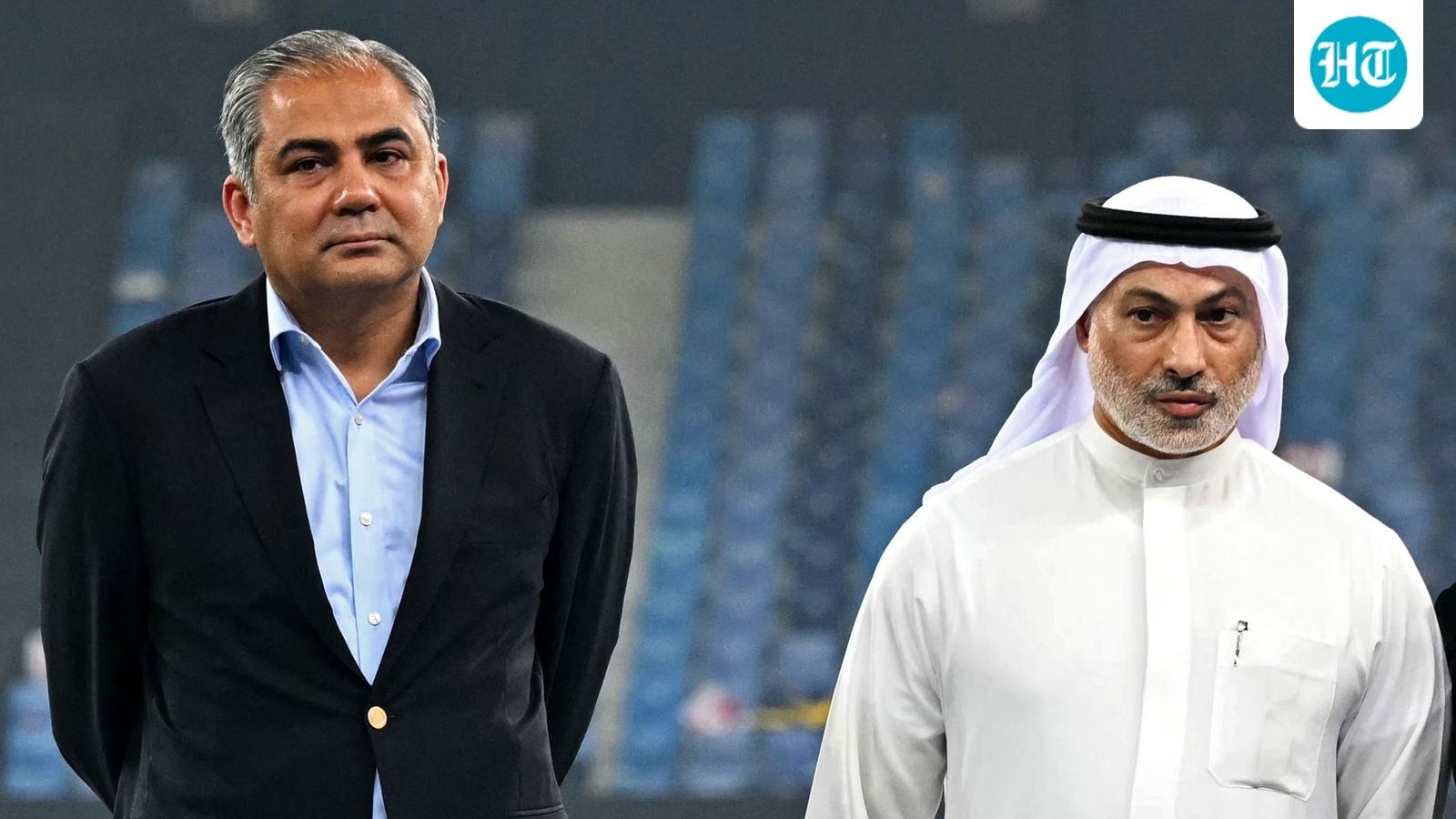New research reveals that contrary toconventional belief, primary glomerular diseases are not necessarily benign for children and young adults. In fact, some subsets of children and young adults may experience faster kidney…
Author: admin
-

Why Cat Burns, Joe Marler and Nick Mohammed could be the real winners
Noor Nanji & Emma SaundersCulture reporters
 BBC
BBCCat Burns, Joe Marler and Nick Mohammed have had their profiles boosted by the show Spoiler warning: This article reveals details from The Celebrity Traitors
By now, you’ll probably know who’s won…
Continue Reading
-

Jeremy Renner slams inappropriate ‘allegations’ by film partner
Jeremy Renner is publicly pushing back after filmmaker Yi Zhou accused him of…
Continue Reading
-

Rock & Roll Hall of Fame ceremony will induct Outkast, Cyndi Lauper, Salt-N-Pepa, the White Stripes
LOS ANGELES — Outkast, Cyndi Lauper, Salt-N-Pepa and Soundgarden will be among the newly minted members of the Rock & Roll Hall of Fame at Saturday night’s induction ceremony.
From Chubby Checker to the White Stripes, artists representing every…
Continue Reading
-

Protein linked to cancer plays key role in wound healing
When doctors detect elevated levels of SerpinB3 in a blood test, it can signal that something is seriously wrong, from hard-to-treat cancers to severe inflammatory conditions.
SerpinB3 is a critical protein that often reveals…
Continue Reading
-

Walking experience affects locomotor exploration in infants born prematurely: a comparative cross-sectional study | BMC Pediatrics
The present study aimed to examine the locomotor exploration of PT infants during the first six months of independent walking experience and, in addition, we investigated how characteristics of infant growth and development (e.g., infant profile,…
Continue Reading
-

Chris Evert makes glowing claim about women’s tennis after enjoying Coco Gauff and Aryna Sabalenka’s ‘high level’ WTA Finals showdown
Tennis legend Chris Evert was left impressed after watching Aryna Sabalenka and Coco Gauff in the WTA Finals group stage match in Riyadh. Sabalenka, the top seed, faced the American, who is the third seed and also the defending…
Continue Reading
-

Reproductive effort affects lifespan under harsh conditions
Scientific theory predicts that having more offspring leads to a shorter life span, including in humans. However, despite some hundred years of research, there is no unequivocal evidence for this link. Researchers from the…
Continue Reading
-

New molecule offers a promising avenue to treat triple-negative breast cancer
A new molecule developed by researchers at Oregon Health & Science University offers a promising avenue to treat intractable cases of triple-negative breast cancer – a form of cancer that is notoriously aggressive and lacks…
Continue Reading
-

Mohsin Naqvi cornered by BCCI in Dubai; ICC may form panel to intervene in the issue: Report
The Board of Control for Cricket in India formally raised the issue of the Asia Cup trophy at the ICC Board meetings in Dubai. As reported by Cricbuzz, ICC has offered to help resolve the deadlock between the BCCI and the ACC Chairman, Mohsin…
Continue Reading
